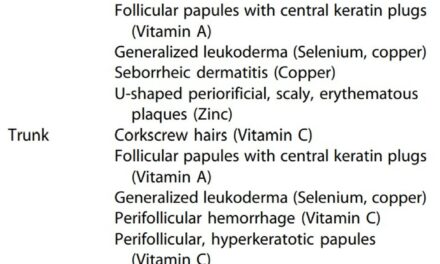In a recent study published in the journal PLOS ONE, researchers in the United States investigated the relationship between alcohol use and obesity among adolescents aged 12–17 years from rural and urban areas. They found that adolescents from rural areas had a higher risk of being obese at lower levels of alcohol consumption compared to those from urban areas.
Background
Obesity affects 17% of adolescents aged 12–19 years globally. Alcohol use, common among this age group, may potentially exacerbate obesity. About one in seven US adolescents has tried alcohol, with heavy drinkers more likely to be obese in young adulthood. Although previous studies have explored alcohol and obesity, only a few have examined the differences between urban and rural populations of adolescents.
Older studies indicate higher rates of alcohol use and obesity among rural adolescents. On the other hand, recent data suggest that rural adolescents may be at a greater risk of obesity even at lower levels of alcohol consumption. Given these disparities, examining the intersection of alcohol use, locality, and obesity among adolescents is crucial.
About the Study
Data were collected annually from 2015 to 2019 from the National Survey on Drug Use and Health. The survey collects information on tobacco, alcohol, and drug use, substance use-related problems, psychological issues, and treatment service utilization. A total of 39,489 adolescents aged 12–17 years were included. Locality was categorized as urban (80%) or rural (20%), and alcohol use was measured by the number of days of alcohol consumption in one year. Additionally, sex, race/ethnicity, family income, and cigarette smoking were recorded.
The rural group had a higher proportion of White respondents (72%) compared to the urban group (47%), while the urban group had more Blacks (15% vs. 10%), Hispanics (26% vs. 11%), and Asians (8% vs. 1%). Statistical analysis involved the use of means, standard deviations, logistic regression, and odds ratios.
Results and Discussion
A higher percentage of urban respondents reported a family income of $75,000 or more (49% vs. 35%), and a higher proportion were found to be smokers (91% vs. 83%). The rural group had a slightly higher average drinking frequency (7.16 vs. 5.63 days in the past year). Sixteen percent of the overall sample was obese, with a higher proportion in the rural group (20%) compared to the urban group (15%).
Several factors were found to be associated with higher odds of adolescent obesity: older age, belonging to Black, Hispanic, or other race groups, lower income levels, and having smoked cigarettes. Conversely, females and Asians showed lower odds of obesity. Adolescents from rural areas had a 1.35 times greater risk of obesity compared to those from urban areas. However, the study did not find a statistically significant association of obesity with alcohol use patterns or the interaction between alcohol use patterns and locality.
A difference was noted in the probability of obesity between rural (0.16) and urban (0.19) adolescents with no alcohol use. However, as alcohol consumption increased to 50 days a year, this difference diminished. Further, around 125 days of alcohol consumption in the past year, rural adolescents showed lower predicted probabilities of obesity compared to urban adolescents. However, this difference was not found to be statistically significant. Researchers indicated that other factors may potentially play a role in shaping the relationship between alcohol consumption, locality, and obesity. Further investigation is required to confirm the findings and shed light on the potentially underlying mechanisms. Importantly, the researchers did not suggest that drinking alcohol may prevent obesity among adolescents, as they found no statistical significance for that result.
The study leverages a large, nationally representative sample to comprehensively explore the association between alcohol use and obesity among adolescents from urban and rural areas, highlighting the differences across locality and alcohol consumption levels. However, the study is limited by the lack of physical activity and nutrition variables, cross-sectional analysis over pooled data, focus solely on alcohol use without considering other drug dependencies, potential urban bias due to sample composition, and the handling of alcohol frequency as a continuous variable.
Conclusion
The study provides updated evidence on the potential link between alcohol use frequency and obesity among adolescents from rural and urban areas in the US. It suggests that adolescents from rural areas, particularly those who consume lower levels of alcohol, may face higher risks of obesity compared to their urban counterparts. Further research is needed to better understand these complex interactions and their implications for public health interventions targeting adolescent obesity.
Journal Reference: Assessing how alcohol use patterns relate to obesity among American adolescents from rural and urban areas: Five years of pooled data. Vazquez CE et al., PLOS ONE, 19(6): e0305638 (2024), DOI: 10.1371/journal.pone.0305638, PLOS ONE











